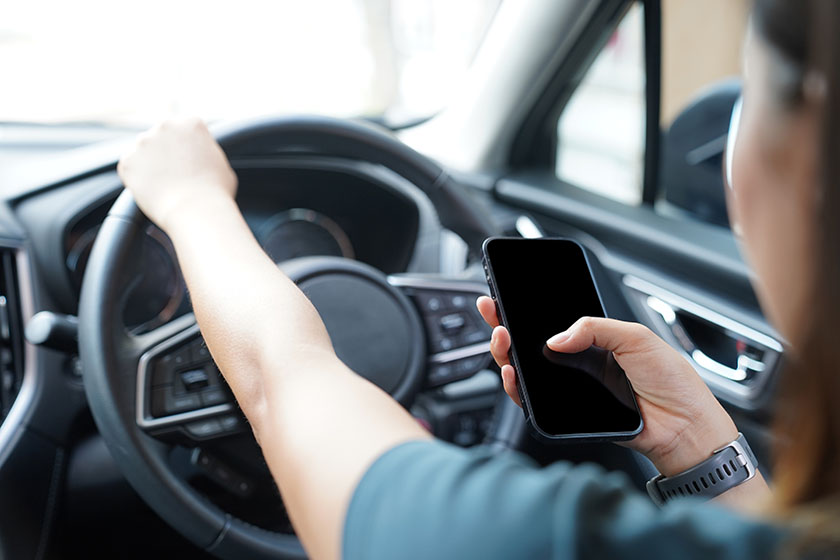New Year’s Eve driving behavior trends 2025 Read article


The transportation industry is changing. We are quickly seeing shifts from owning or leasing cars to renting and sharing them. Driverless cars are becoming a reality. Along with these changes, safety technology will go from passively warning drivers to actively avoiding accidents. Soon, “connected car” will mean more than just drivers and cars being connected primarily for entertainment purposes. Instead, it will lead to ubiquitous connectivity between consumers, vehicles, homes and other IoT-enabled devices. Amid this insurance industry disruption, many insurance companies are looking for ways to stay relevant.
In response to insurance disruption, many companies are using newly available data sources —like real driving data —in tandem with traditional proxies to price policies. One of the most obvious new sources of data comes from our phones.
Smartphones have become an extension of ourselves. In fact, there are indications of habitual, automatic behaviors that we aren’t even aware of. According to the NHTSA, “Distracted Driving is any activity that diverts attention from driving, including talking or texting on your phone, eating and drinking, talking to people in your vehicle, fiddling with the stereo, entertainment or navigation system – anything that takes your attention away from the task of safe driving.” However, using a mobile device while driving is the most distracting of all of these.
Earlier this year, Arity surveyed over 2,000 drivers to understand more about consumer perceptions of distracted driving — and identify trends to help our industry better respond to insurance disruption. A few things we found:
It’s no surprise that distracted driving due to phone use in the car has increased steadily over the past five to 10 years. It should also come as no surprise that fatal accidents caused by distracted driving involving phone use have increased. 40,000+ auto accident fatalities occurred last year, with over 3,000 traced back to distracted driving, the highest in a decade.
With the increase in distracted driving due to mobile phone use and improved new sources of data to better understand this risk, insurance companies who have access to this data can keep up with the changes and price more accurately than even before. Further, they can better compete amid insurance industry disruption, using data to help customers better manage and mitigate their own risk on the road. Tune in to my next blog post to hear more about exactly how insurers can do this!